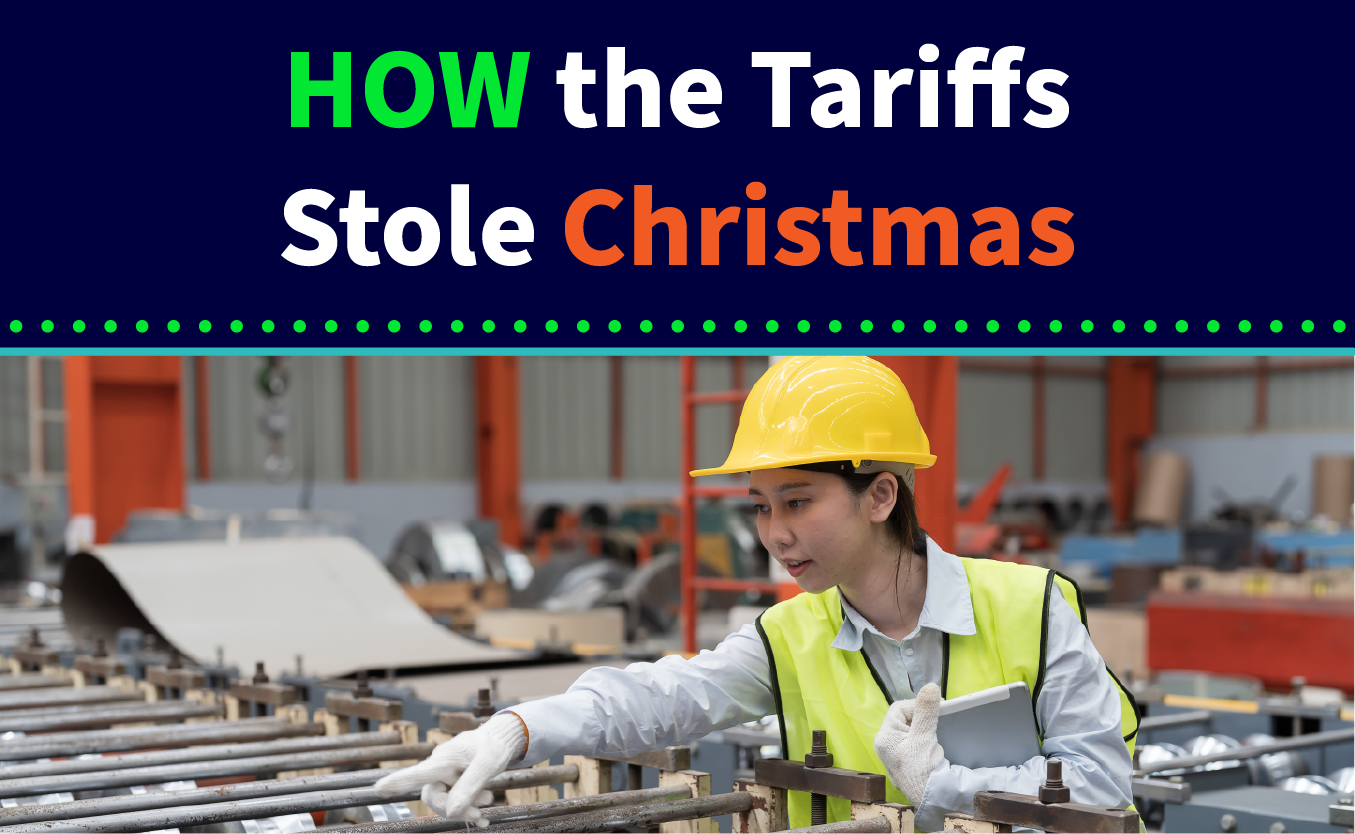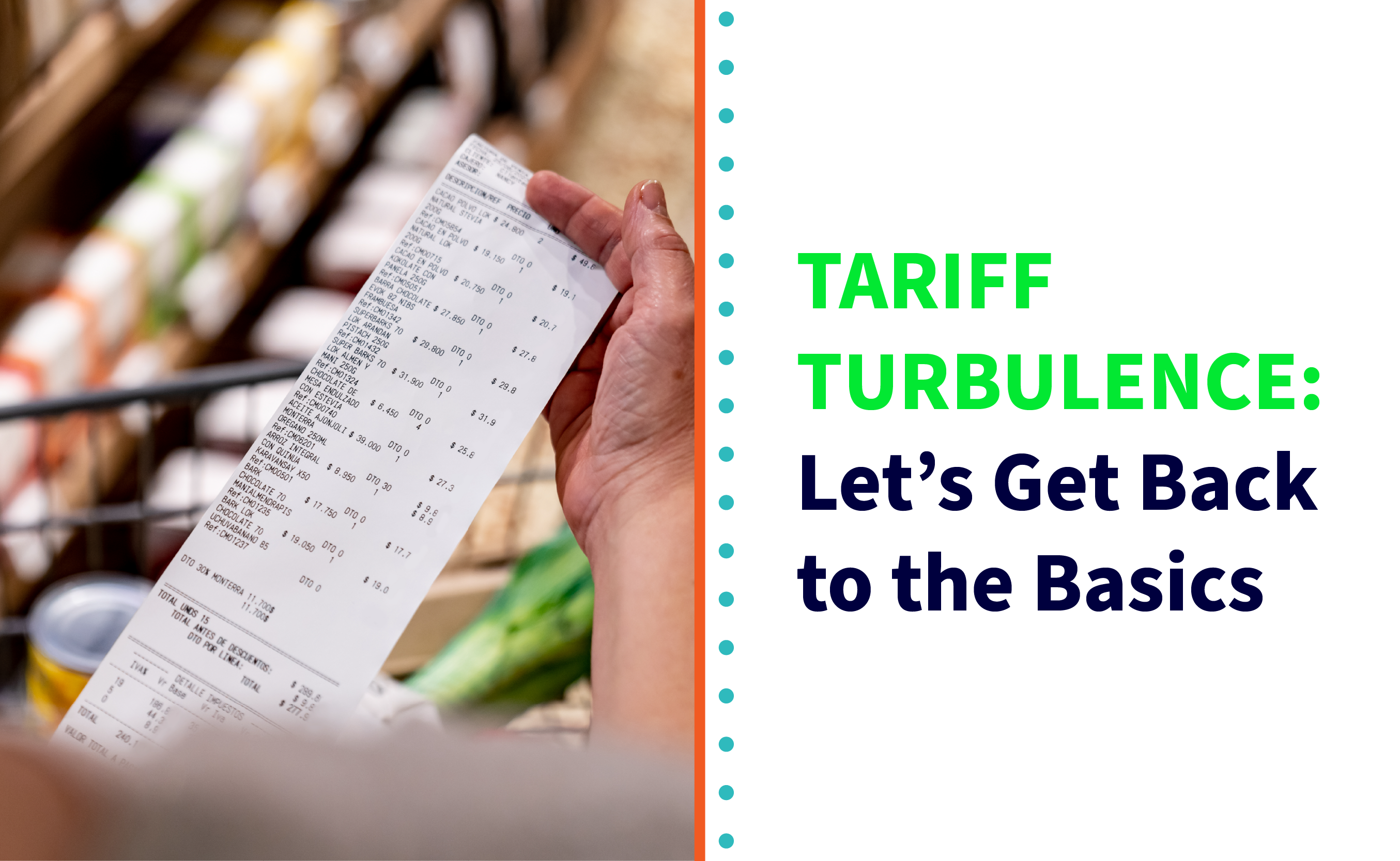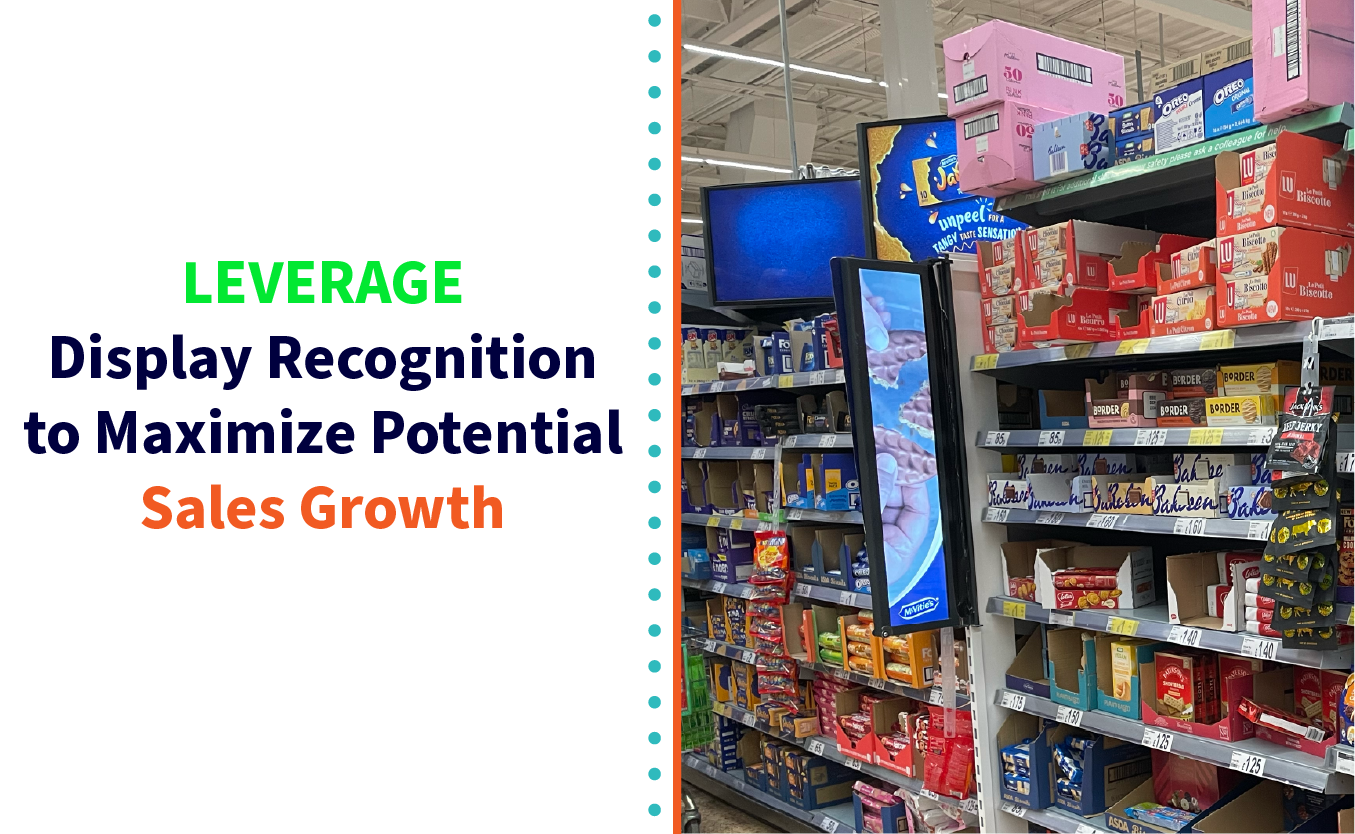VAN SALES – LEARN FROM THE MISTAKES OF OTHERS
What obstacles might your business face to be a successful Van Sales business? Consider some key leadership thoughts to avoid making crucial mistakes. Finding new routes-to-market is challenging when competitors are already working in that space. Having a strategy to reach more consumers that compliments your mobile CRM solutions is integral for any sales team. Consumers are everywhere and their opportunity to buy their favorite brands are on just about every corner. In traditional trade, the consumer often buys at locations convenient for them. How will your products reach them?
In distribution channels you may find your products reaching some corners of the market, but if you would like to control potential consumers’ buying habits, then a dedicated van sales or cash van sales operation is necessary to knock on every store’s door and sell. Here are the main features and questions to consider if operating a fleet of vehicles destined to sell:
Where to visit?
Determine which stores should be visited today, this week, and on a complete cycle. Is your driver responsible for calculating store visits, and if so, how much time do they spend working out their routes? Bear in mind, they need to cover their territory efficiently. What is the best method to use to setup store visits daily, weekly or monthly to cover the market? Could store knowledge assist in any way to optimize the route?
How to manage van inventory?
Usually it’s the warehouse employees’ responsibility to pick products and pack the van overnight. In the morning, the driver checks their inventory, their vehicle, and sets out to sell, sell, sell. How can you make the day in the life of a van sales rep easier so that they are successful in doing more and selling more in every store visit? Firstly, they need to know or have visual of their inventory. As products are sold, they should automatically deduct so that it’s easy to see remaining inventory for quick sale SKU by SKU. In this way, the rep can quickly sell the remaining stock.
What if a fast selling SKU runs out? Can an additional load from another van or warehouse be added and updated to the current van inventory?
There may be a situation where stock previously delivered to this store is being returned. It may have been wrongly supplied and resalable. Can it be added to the exiting van inventory or must it go back to the depot to be reassigned? What methods would save time for your business? Resalable stock can be sold to the next customer. What happens to other returns such as damaged or expired stock; how are these being recorded?
How are orders being processed?
As previously mentioned, time is crucial in the visit, and time spent creating an order by adding inventory, bulk discounts and promotions will be taking time away from visiting other stores. How much time is spent creating an order form? Could you speed up this process with an efficient order form to rapidly complete the sale? Things to consider are, how much time is being spent on calculating discounts, bonus stock and promotions? Could bonus discount rules be preloaded for immediate calculation?
Taking payments
In an ideal world, the store has the available funds to pay for newly purchased goods and the transaction is completed. In most cases, the store will have an account, credit limits set, and payments will need to be collected. Can the sales reps see the account and past invoices, block a sale if it exceeds a credit limit or, must they call the head office to get an update on the account?
In-store execution
While time is being spent negotiating the next deal, there is time for the van driver or their assistant to carry out a quick store shelf audit. Bearing in mind the success of sales to this store depends on how well your products are selling and what your competitors are doing. Perhaps your competitors are running a promotion for this week. This could mean low sales for your products for the next week. How crucial is competitor activity knowledge to your business? If your products aren’t on the shelf; the consumer is buying another BRAND!
♦ Where on the shelf are your products being sold?
♦ What price is this store selling them for?
♦ How are your promotions running?
♦ Did the store execute your promotions as per agreements?
♦ Are your products out-of-stock?
♦ Do you have capabilities to rapidly audit store shelves and use the data for business intelligence to gain an advantage over your competitors?
The end of route summary
Back at the depot, your vans still has unsold inventory that needs to be calculated and items needed to be totalled, including: cash, checks, accounting transactions, list of stores visited, and total products sold. Does this inventory on the van match the outgoing inventory less sales plus returns? What inventory needs to be replenished onto the van for the next day? How much time does your van sales reps spend calculating inventory for the next day, and is there a more efficient way to do this?
Store Performance from Sales Analysis
The vans drivers are out selling, and products are flying off your warehouse shelves, but which products aren’t selling well and in which stores? Could these stores be segmented to produce a report? How could this report be used to target products and specific stores for promotions? What if there is a brand which is Out-of-Stock more than others and if so, can you analyze your sales data to filter from every angle? From this analysis, you could create a discount rule for a selected SKU or brand’s selling price. This new selling price would automatically appear when the van sales driver is visiting a targeted store. How powerful will your sales analysis be if the results can automatically influence your van sales orders in targeted stores? Can your van sales team Sell More in every store visit?
What if you sold ONE more product per customer?
What would that be worth if you could calculate the sale of one more product per customer? It can be achieved if you have a mobile solution that is dedicated to sell many more products by increasing productivity in the field, knowing more about each store from KPI analysis and reporting and full sales electronic pitch capability. We’ve discovered the Retail Execution solution to these problems, so that you don’t have to.
Contact your local StayinFront representative and ask about our expertise knowledge of van sales in global markets.

About Graham Edmonstone
Graham Edmonstone is a Senior Business Developer in Retail Execution for the EMEA region at StayinFront.
He has lived and worked in three markets in the EMEA region: Zimbabwe, South Africa and the UK. With a wealth of experience in retail he is working with some of the world’s biggest consumer goods companies with multiple routes to market. From in-store execution for “Perfect Store” optimization to complex ordering systems for sales.
Follow his posts and activities on LinkedIn here: https://www.linkedin.com/in/graham-edmonstone/







